 Pin
Pin
To celebrate the new season, Ferragamo returns home to Florence, locating the vision for the season within the context of its past. The reality of the city – of lives lived against its historic backdrop – is experienced through the lens of Juergen Teller, an artist renowned for his unique perspective on modernity. “There is a sense of connection to the directness of his work,” explains Maximilian Davis. “During the time we’re in, that’s what people are looking for – and I am interested in seeing real people in Florence, and how they wear Ferragamo.”
 Pin
Pin
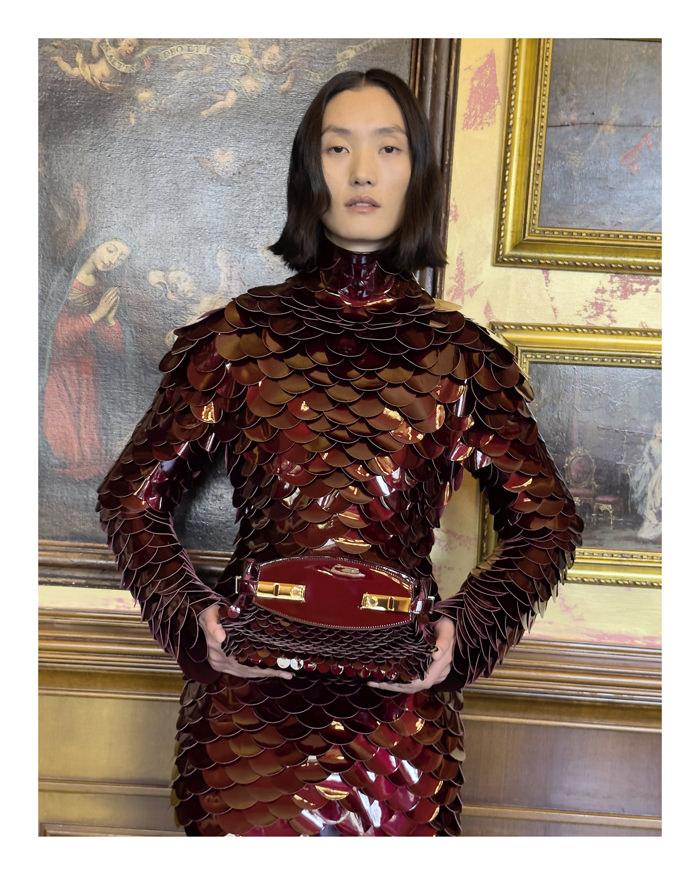 Pin
Pin
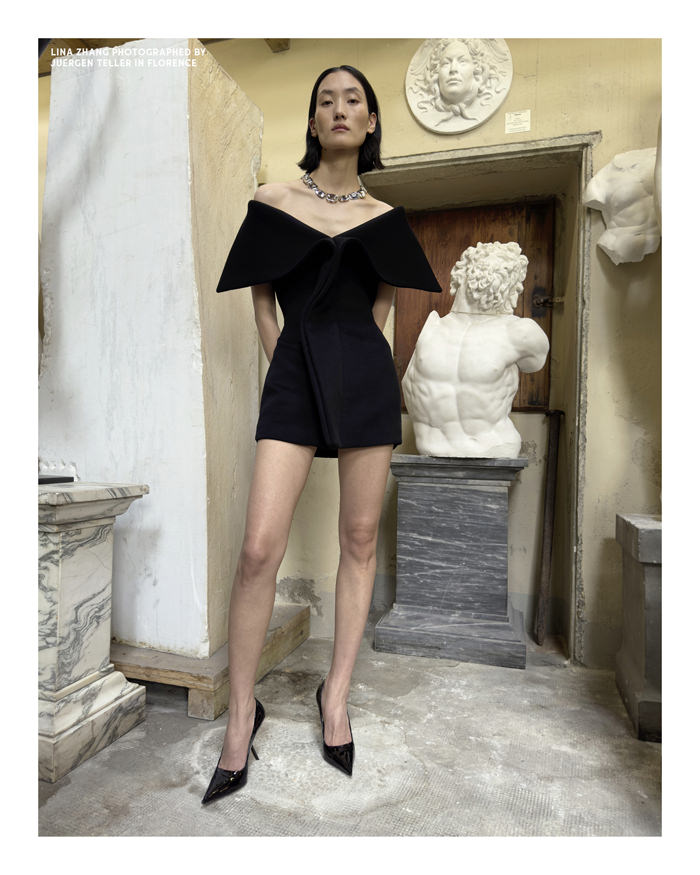 Pin
Pin
 Pin
Pin
 Pin
Pin
 Pin
Pin
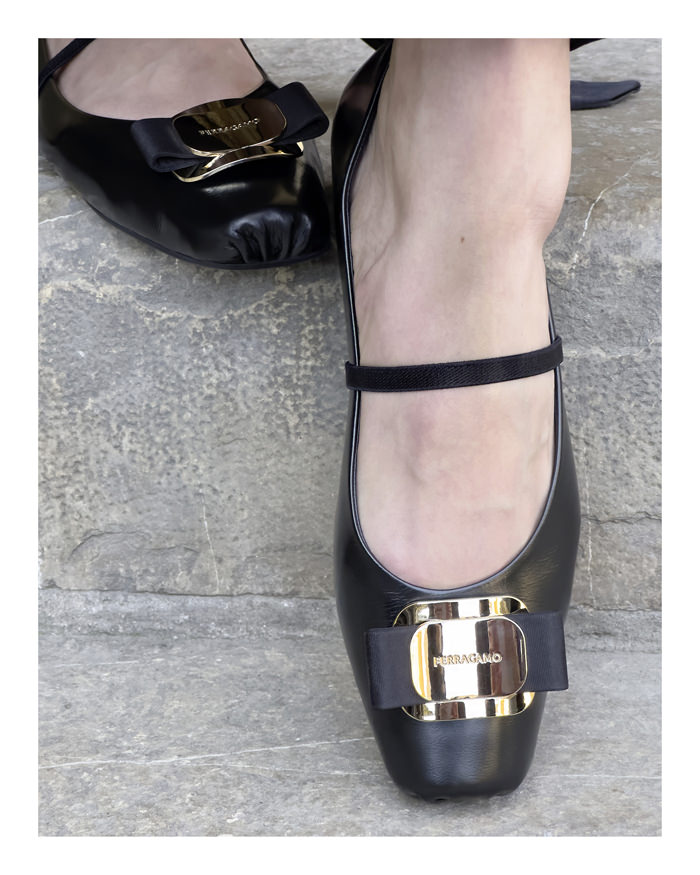 Pin
Pin
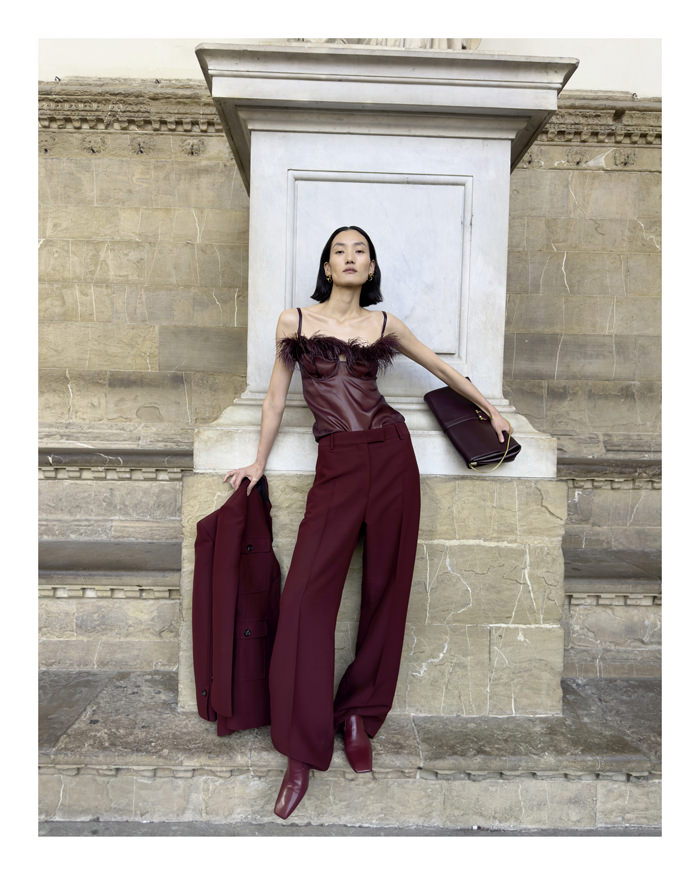 Pin
Pin
 Pin
Pin
 Pin
Pin
 Pin
Pin
 Pin
Pin
 Pin
Pin
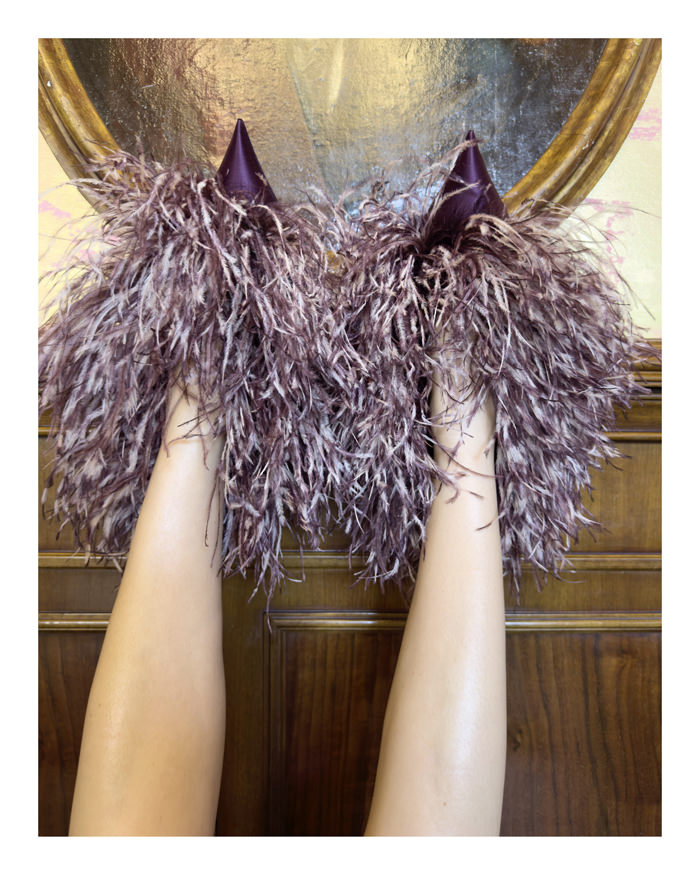 Pin
Pin
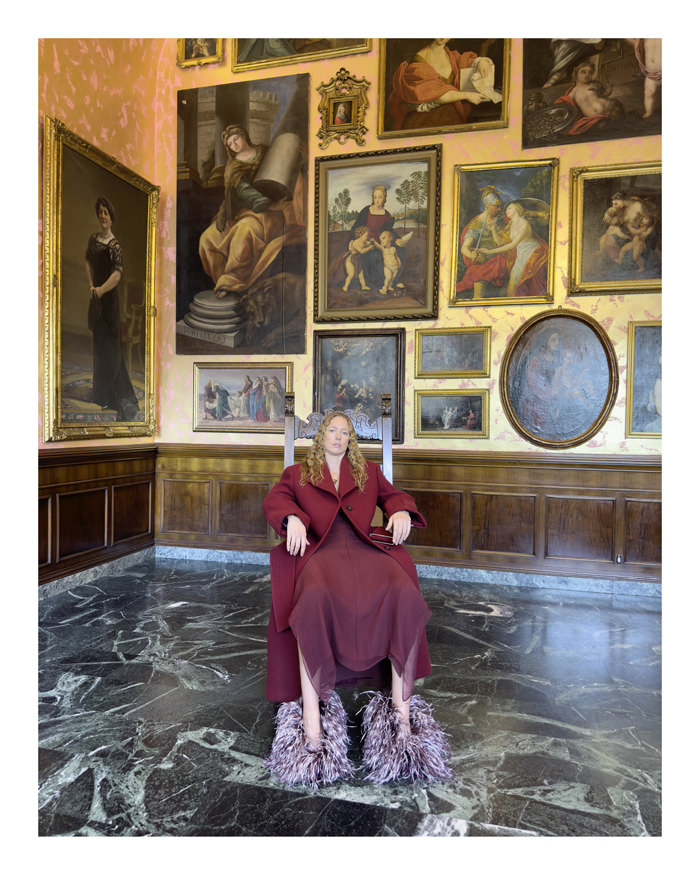 Pin
Pin
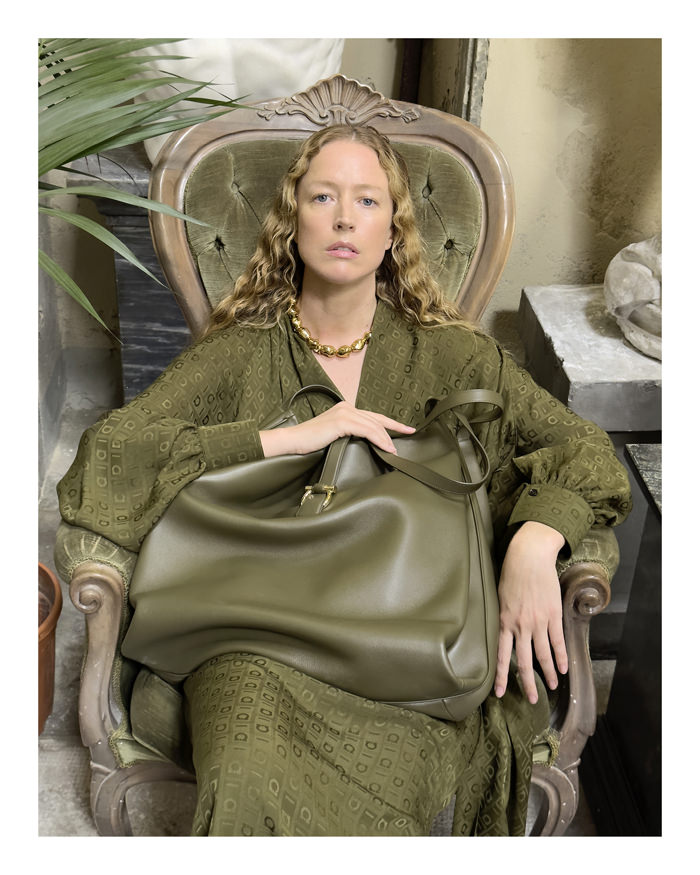 Pin
Pin
 Pin
Pin
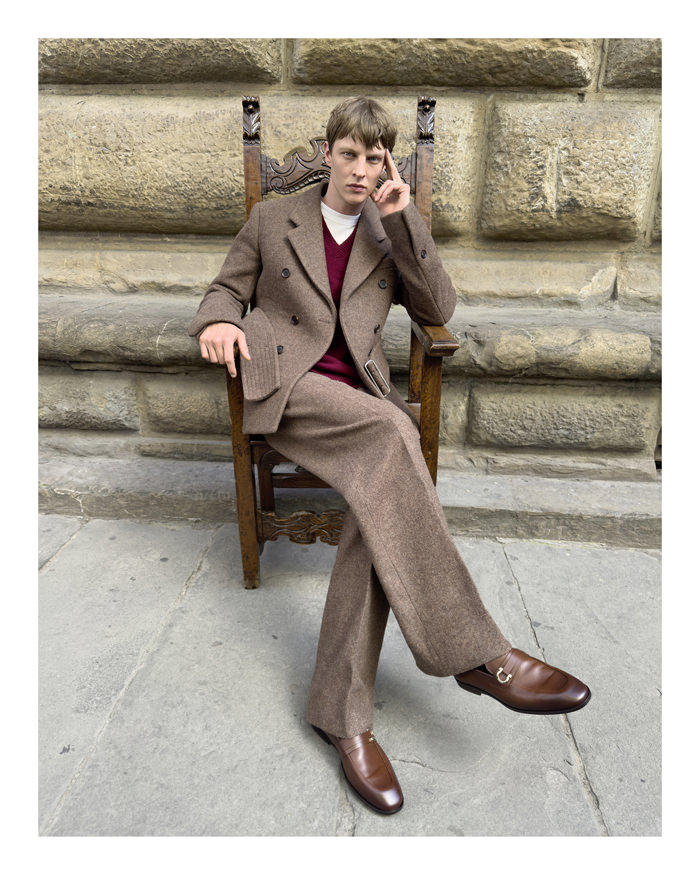 Pin
Pin
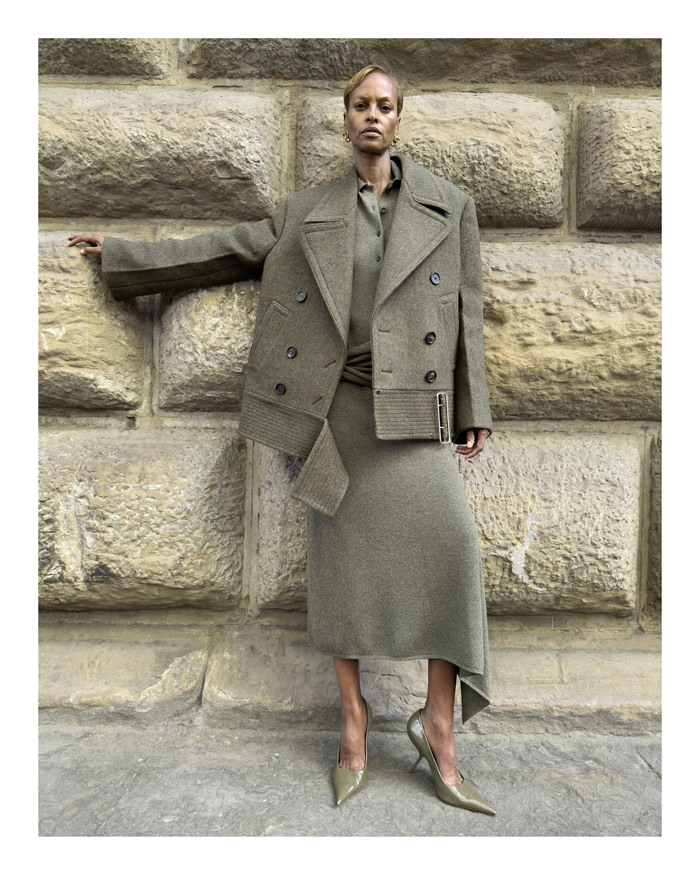 Pin
Pin
In the campaign, locations are an important part of the narrative. The setting becomes protagonist, with each location photographed embodying an atmosphere where the Ferragamo man and woman move at ease on a daily basis. The intentional mapping of these locations define the spirit of the collection, giving away clues onto the personality of the characters and the brand’s ethos. The key protagonist is Palazzo Spini Feroni, a point of reference for all the other locations, as the Ferragamo headquarters in Florence.
Piazza Santa Trinita and Palazzo Spini Feroni Ground Floor
Palazzo Spini-Feroni is an imposing historic residence located along the Lungarno in Florence, dating back to the thirteenth century. It is known for its medieval Florentine architecture, with a stone façade and crenellated tower overlooking the Arno River. Over the centuries, the palace has been the residence of several Florentine noble families, including the Spini and the Feroni, from which the current name derives. One of the most famous aspects of the palace is its chapel, the Spini Chapel, decorated with frescoes of remarkable beauty.
Today, Palazzo Spini-Feroni is known for being the headquarters of Ferragamo. Purchased in the 1930s, the building also houses the Ferragamo Museum. This link between Palazzo Spini-Feroni and Salvatore Ferragamo represents a combination of historical tradition and innovation in the field of fashion, helping to keep Florence’s cultural and artistic heritage alive.
Loggia dei Lanzi, located in Piazza della Signoria, was built between 1376 and 1382 upon request of Baccio di Giovanni and Francesco Talenti.
Palazzo Corsini, located by the Arno River, is a magnificent example of baroque Florentine architecture. Built between 1650 and 1700 for the noble family Corsini, the ground floor of this building is recognized for the salon on the ground floor with a sumptuous decoration.
San Miniato al Monte is a church on a hill situated in the south-east area of Florence. It is considered one of the best examples of Romanic architecture in Tuscany. Built between 1018 and 1297, is devoted to San Miniato, a Christian martyr from the III century.
Caffè Rivoire, located in Piazza della Signoria in Florence, was built in the XIX century.
Opened in 1858, it soon became the meeting place for artists, intellectuals and politicians, including writers, painters and revolutionaries, who created a vivid cultural and meeting place that contributed to the cultural growth of Florence.
Galleria Romanelli is a historic sculpture workshop located in the San Frediano district of Florence.
[Photo Credit: Juergen Teller for Ferragamo]
PRESS YOUR LUCK Host Elizabeth Banks in David Koma at the GOOD MORNING AMERICA Studios Next Post:
Nicole Kidman, Keith Urban and Daughters at the Women’s Gymnastics Finals in Paris
-
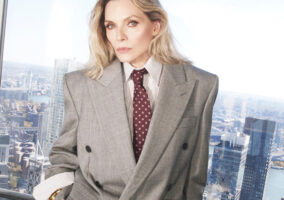 Pin
Pin
Michelle Pfeiffer for Saint Laurent’s Spring 2025 Ad Campaign
-
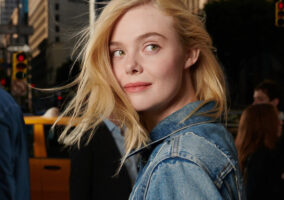 Pin
Pin
Elle Fanning Stars in Coach’s Spring 2025 Ad Campaign
-
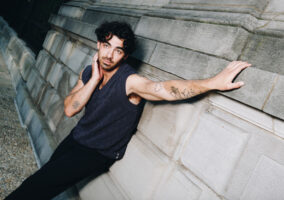 Pin
Pin
Joe Jonas for Scotch & Soda’s Spring 2025 Ad Campaign
Please review our Community Guidelines before posting a comment. Thank you!
